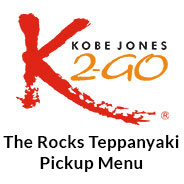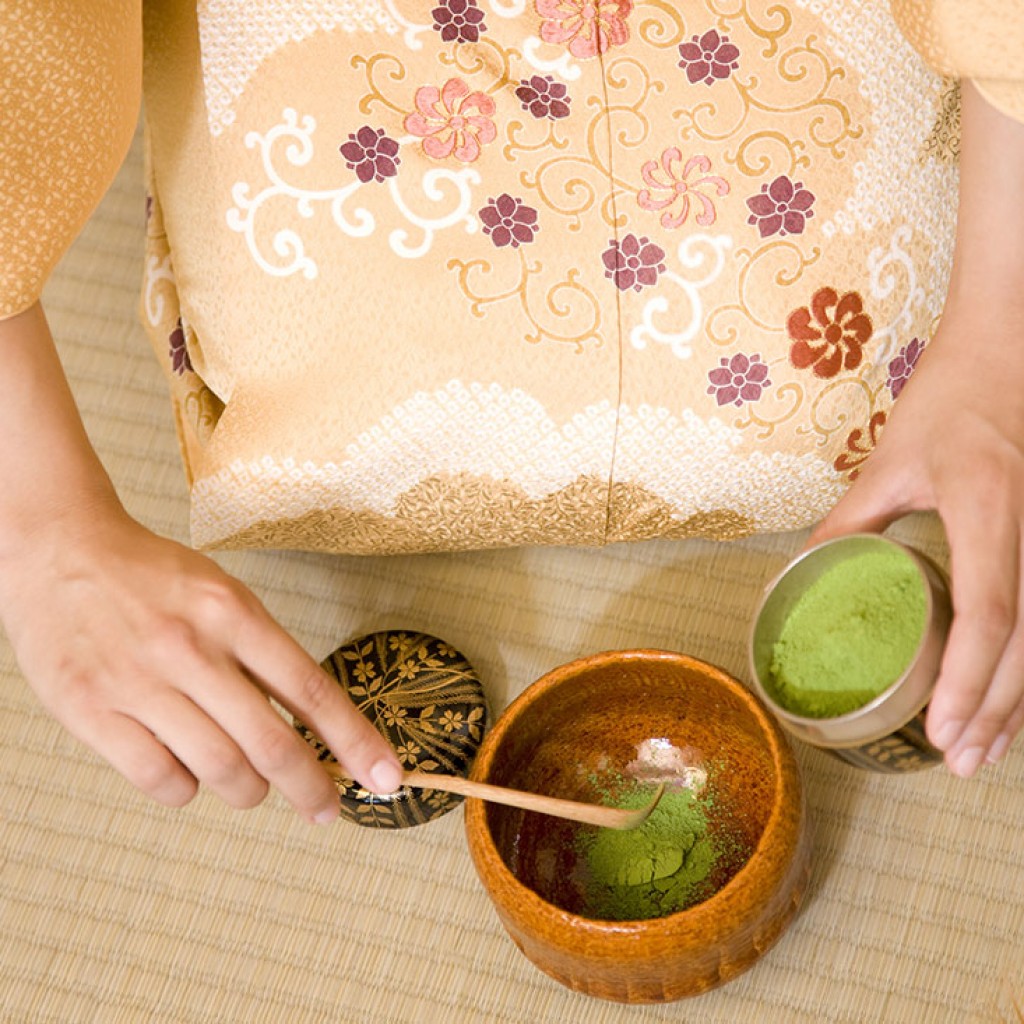We all know food and drink are about more than sustenance. Many aspects of our world’s belief systems can be seen in the way beverages and meals are prepared and consumed by different cultures.
It’s easy to see this in the Japanese tea ceremony. This ceremony is known as sado, which translates to ‘the way of the tea’. At a broad scope, Zen buddhism is reflected in the tea preparation. The tea ceremony represents an attempt to connect with nature, and is a way for the host and guests to step onto a spiritual spectrum. On a more immediate level, the Japanese tea ceremony preparation of matcha involves the guests also connecting with one another.
So, why is the Japanese tea ceremony given such importance? The significance is not placed on the tea itself (although freshly brewed matcha is quite the delicacy!) Rather, it is about bringing the focus to the present moment. The host must prepare for days before, they must consider their guests with every movement and angle. In each gesture, everyone present is considered. The mindfulness of the activity is what makes it such a calming and connecting experience.
Even though the Japanese tea ceremony is an ancient art that dates from hundreds of years before the Samurai era, it is far from lost. Sado is still popular in Japan, with many Japanese people learning the process and carrying out the tradition at community centres today.
The focus on the present moment and the mindful nature of the ceremony is perhaps even more needed in today’s culture than ever before. While there are many variations on Japanese tea ceremonies, there are a few key tenets to observe that will give you the true experience. Here’s how you can create your own Japanese tea ceremony at home:
Preparation for the Japanese tea ceremony
Both the host and the guests are expected to prepare themselves for a tea ceremony, with preparations sometimes starting weeks before. Formal invitations indicate the spiritual significance of the event, and both the host and the guests are expected to focus their energies on seeking spiritual balance within. This can be achieved by recognising and leaving behind all worldly worries, including ideas and thoughts that relate to the ego.
On a more practical level, the host will decide on which tea making tools they will use, as well as when and where the ceremony will take place. This deliberation all depends on the season, as observing the comings and goings of the weather is a reflection of the mindful nature of the ceremony. Once a tea room or part of the garden is decided on, thorough cleaning will take place.
On the day of the ceremony
Guests of the Japanese tea ceremony are required to await the signal from their host that they are ready to be received. Traditionally, guests would enter through a small door that forced them to bow. This action shows respect, and acknowledges the efforts of the host.
Guests also need to wash their hands. This represents a symbolic cleansing of the outside world, and a shift to entering a cleaner and more evolved level of consciousness.
Cleaning the tea-making tools
Cleaning the tea-making tools is required to be completed before any actual tea is brewed. The host must clean their tea tools in front of their guests in a mindful, graceful manner.
Mind your words
In the West, many social gatherings centre around banter and conversation. This is not so in a Japanese tea ceremony. Instead, unnecessary words and even unnecessary movements during the tea preparation process are considered contrary to the harmonious aim of the event.
Making the matcha
Once the tools are gleaming and beautifully placed, it’s time start making tea. It’s traditional that the host adds three scoops of matcha per guest to the communal tea bowl. Then hot water follows, a little at a time. This needs to be whisked thoroughly to form a thin paste, eventually taking the form of tea once enough paste has been added.
Serving the tea
Most tea ceremonies will have a hierarchy of guests. This can be observed in many aspects of the ceremony, such as the angle that the cleaned tea tools are laid at. However, it is especially evident in how the tea is served. The host will present the first cup of tea to the most esteemed guest, and the guest will exchange their serving bowl for the full cup. It is customary that the guest examines the bowl from all angles by rotating it before they take their first sip. Then, the guest will wipe the rim before passing the drink along. So it continues, until the tea bowl finds its way back to the host.
It’s all about balance
Don’t forget to serve something sweet with your tea! Matcha is a bitter brew, and requires something to take the edge off. The traditional pairing of matcha with Japanese sweets invites guests to consider the full spectrum of the world via their tastebuds. For every yin there is a yang, for every pull in one direction their should be a counteraction.
How a Japanese tea ceremony comes to a close
Once everyone has had a drink, the host cleans the bowl, whisk and scoop. Guests are expected to admire and inspect the tea accessories as a sign of respect. Guests should bow upon leaving to further demonstrate their gratitude and respect for the ceremony.
Holding your own Japanese tea ceremony
So, there you have it. Share a mindful moment with good friends, and a delicious matcha brew – go out there and host your own Japanese tea ceremony.






 (1 votes, average: 4.00 out of 5)
(1 votes, average: 4.00 out of 5)